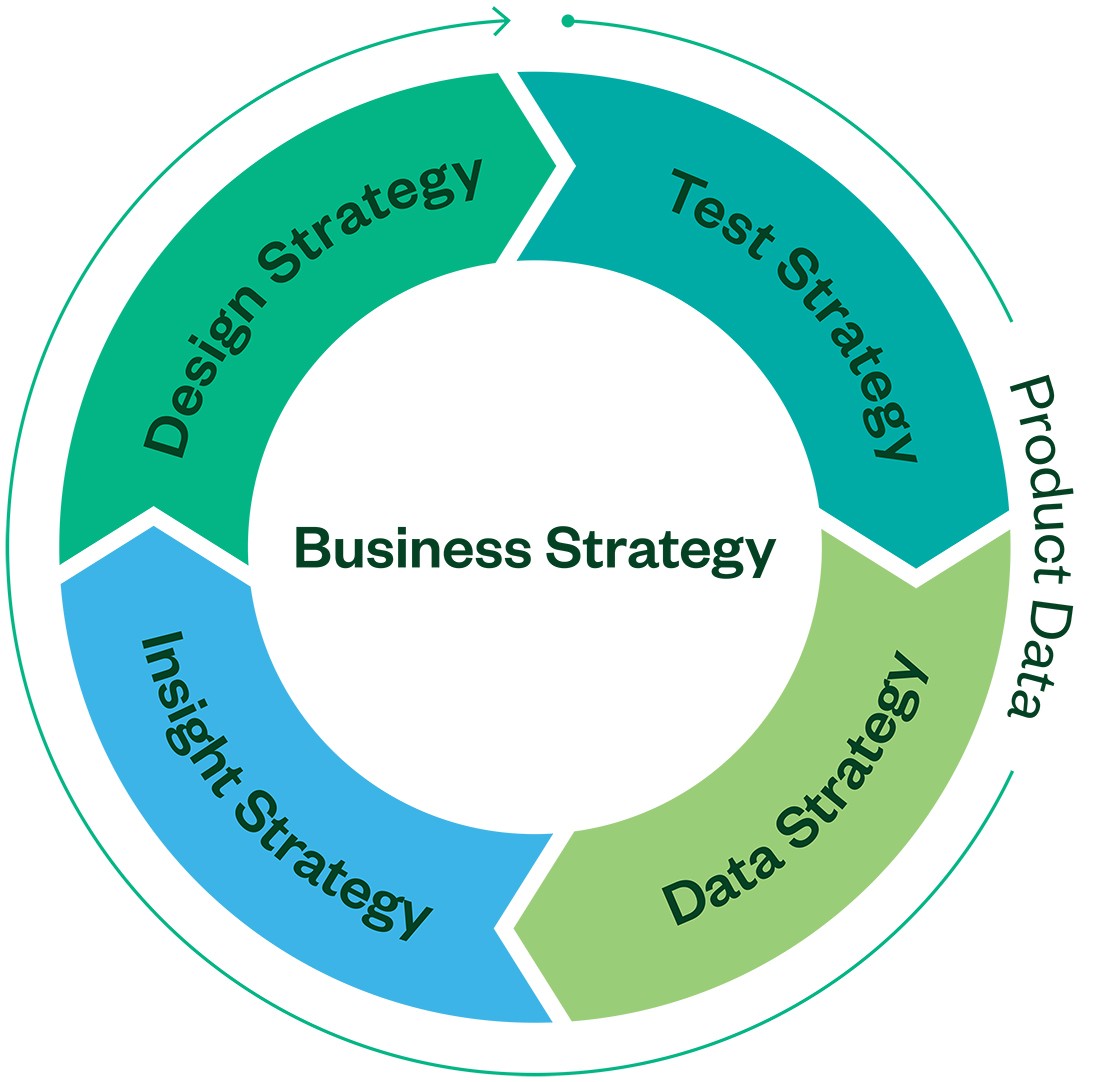
Test Standardization is the Catalyst for Success
BUSINESS INSIGHT
PRODUCTION TEST | 5 MINUTE READ
As products become more complex and time-to-market expectations shorter, test data is essential. But without standardization, you only get some of the benefits.
AUTHOR: David Hall, Director of Technical Marketing, NI
Test data and analytics bring valuable insights. But without standardization, they can only take you so far.
In today’s competitive market, product innovators are looking for ways to stand out from the crowd. Many are finding answers in data and analytics, using them to refine their processes and address the challenges of product customization, supply chain volatility, increasing product complexity, and shrinking time to market.
Our research shows that organizations with advanced product data strategies outperform those with limited strategies. Used effectively across the whole product lifecycle, test data can help you win market share, innovate faster and more effectively, and improve employee productivity, speed to market, and sub-component quality. Across every metric, it’s clear companies with advanced strategies are pulling ahead. But to set your data strategy up for success, you’ll need to standardize processes and leverage automation. In those efforts, even the smallest improvement can have a huge impact.
Building a Standardized Foundation with Test Data
Organizations shouldn’t rush to invest in a complex data strategy without laying the appropriate foundations. First, ensure your test function is creating quality engineering data. Next, implement standardization: scaling points of success across the business through platform adoption and centralizing governance across groups. Together, these initiatives will drive quality and efficiency up and costs down.

Each company’s approach to standardization will vary according to its industry and existing product lifecycle. Still, it begins by defining processes, systems, software, and data structures that can be leveraged across functional departments. By standardizing these key areas, companies can ensure consistent outputs and save time on each stage of the product lifecycle, helping them meet shrinking time-to-market schedules for increasingly complex products. This holistic approach will also lead to better quality outputs, as each stage of the product lifecycle will benefit from more visibility and rigor in its development. Lastly, the act of standardization instills centralized perspective, authority, and governance within an organization, which are all essential if a holistic data strategy is going to be successful.
“Think of standardization as a catalyst for success,” says Graham Green, chief solutions manager at NI. “Every test group is on a journey consisting of three fundamental components—automation, standardization, and digital transformation. But best-in-class test organizations aren’t thinking of them individually; maturity in one initiative opens doors for further development in the next, and so on. When these three are tightly interwoven through people, process, and technology initiatives, they create the fabric of a successful test strategy.”
The benefits of standardization cascade through the business, driving numerous benefits.
- It promotes IP and asset reuse that accelerates development and promotes quality
- It aids ongoing cost savings through reduction sustaining and development resource requirements
- It strengthens justification case for IT and infrastructure set-up costs for asset connectivity and digitalization initiatives
- It provides easier access to test data across systems, teams, and sites
Standardization is a key advantage for industries impacted by the ongoing talent shortage, as Green explains. “If you’ve got standardization in your systems, your software, your data, and your processes, you can onboard your workforce more quickly, which means they can add value more quickly,” he says. “This gives you a major competitive advantage over another company that has to hire someone who’s not going to be adding a lot of value for at least the first six months.”
Moving to a COTS approach using PXI and LabVIEW was critical to our production test success at Philips. The combination of best-in-class modular hardware along with industry-standard software was pivotal to the millions of dollars and hundreds of hours saved in production test engineering.
Moving to a COTS approach using PXI and LabVIEW was critical to our production test success at Philips. The combination of best-in-class modular hardware along with industry-standard software was pivotal to the millions of dollars and hundreds of hours saved in production test engineering.
Tools to Standardize Your Test Processes
The best practice for standardization is to adopt an industry-tested flexible platform approach that minimizes the need for specialized processes and unnecessary internal development time. This step helps ensure tools are effective in achieving the desired results, but also open for seamless integration into existing systems. This balance between new and existing infrastructure is critical to short-term implementation and long-term success.
Organizations standardize for many reasons. Try asking yourself these questions:
- Is your test coverage likely to evolve? Is there uncertainty in the details of this change?
- Is there opportunity to reuse IP across products and groups, justifying more rigorous development and resulting in a higher quality codebase?
- Is your product in market for longer than the average tenure of a newly hired engineer?
- Do you predict CapEx budget reductions in the future?
- Do you have a large sustaining team that struggles due to a limited OpEx budget?
- Are there product-specific test stations standing idle in your lab or on the line?
- Do you struggle to influence company direction and technology investments, resulting negatively on your team?
- Are you looking to create leadership development opportunities for people on your team?
If you answered yes to any of the above questions, it may be worth considering investing more deeply in a standardized approach to test. Many, if not most, teams have some level of standardization, but this is not just a box to check—this is a culture and an approach that should proliferate in everything you do. The right question to ask yourself is not what have I standardized; it is what can I standardize next?
As products become more complex and time-to-market expectations grow even shorter, test data and the efficiencies it can bring will become increasingly valuable. But for those benefits to be spread across the business, consistency is vital—and without standardization, you only get a small part of the story your data is telling.


